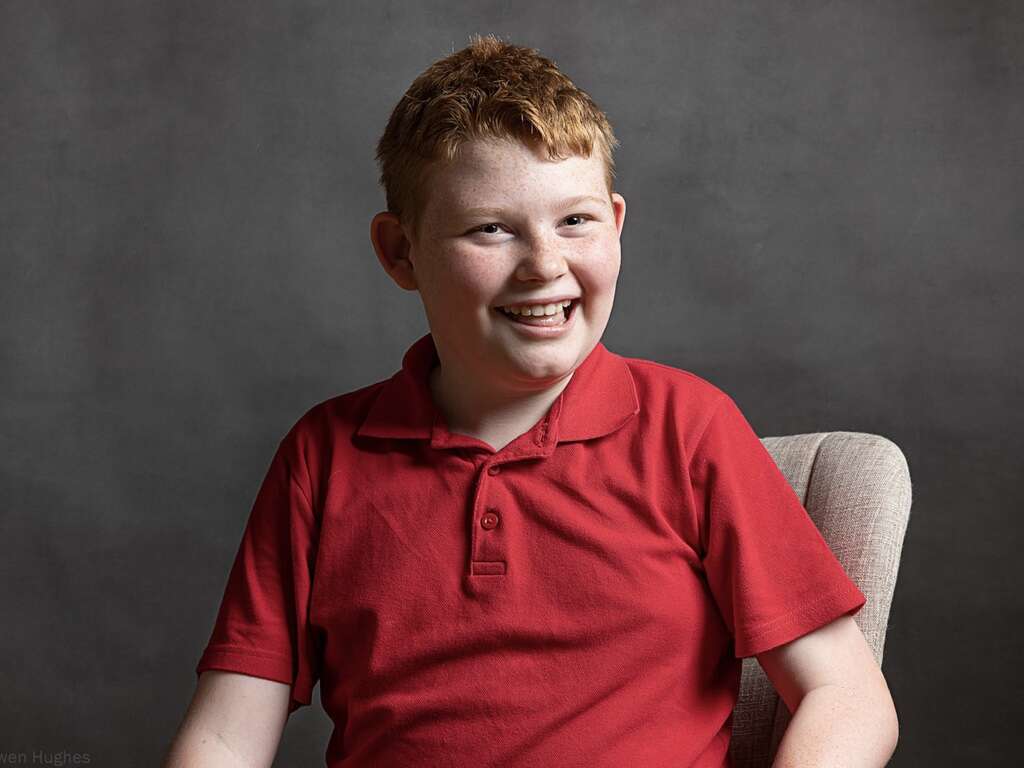What Is Angelman Syndrome?
Everybody alive shares a combination of different characteristics from their parents. This is because of the way that both the mother’s and father’s genes are shared when an egg is fertilized by sperm. Sometimes, there are mistakes when this information is being passed to the child.
There are numerous different types of errors that can take place, each one resulting in a number of different symptoms. One example of such a disorder is Angelman syndrome, and it will have a profound impact on the patient’s life. It is not a curable condition, but many patients will still go on to live a fairly standard life span.
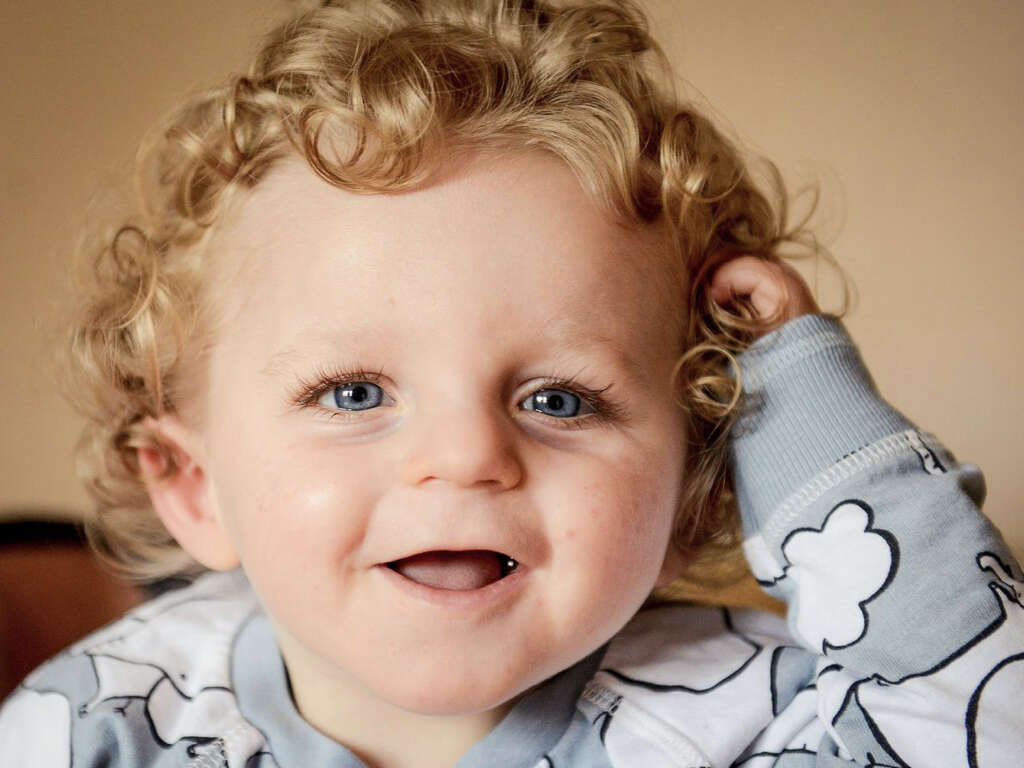
1. Genetic Disorder
Angelman disorder is the result of a disorder with the patient’s genetics. People are born with the condition but it will generally not be noticed until the patient is around 6 to 12 months old. It is at this stage may begin to notice that their baby is not developing as they should.
Despite their disabilities, patients with Angelman syndrome are still known for their happy, smiling personalities. Their underlying condition cannot be treated but their symptoms often can be to help make them more comfortable. Many people with the condition will also go on to live for a quite normal length of time.
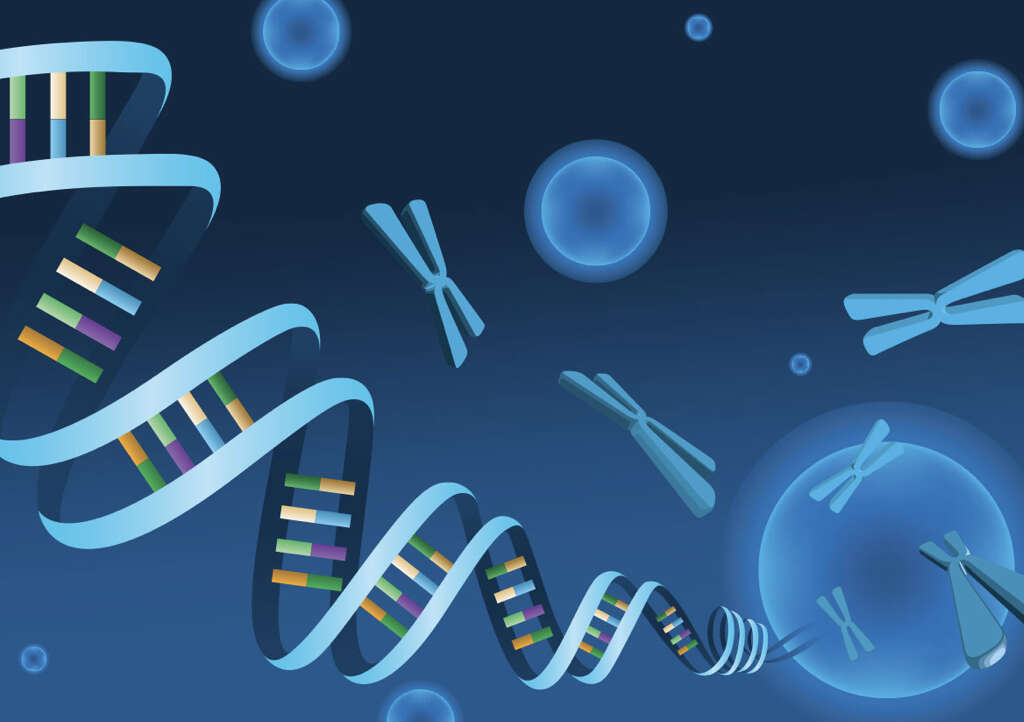
2. Cause
The underlying cause of Angelman syndrome is a gene that is defective or missing altogether. The responsible gene is known as ubiquitin protein ligase E3A (UBE3A), which is found on chromosome 15. Problems can occur when information from the parent’s DNA is shared and is not always copied over as it should be.
Usually, only the paternal (from the father) copy of the gene in the brain is active. Angelman syndrome is usually caused when this is damaged or missing altogether. In a smaller number of cases, the condition is caused when there are two paternal (from the father) copies of the gene.
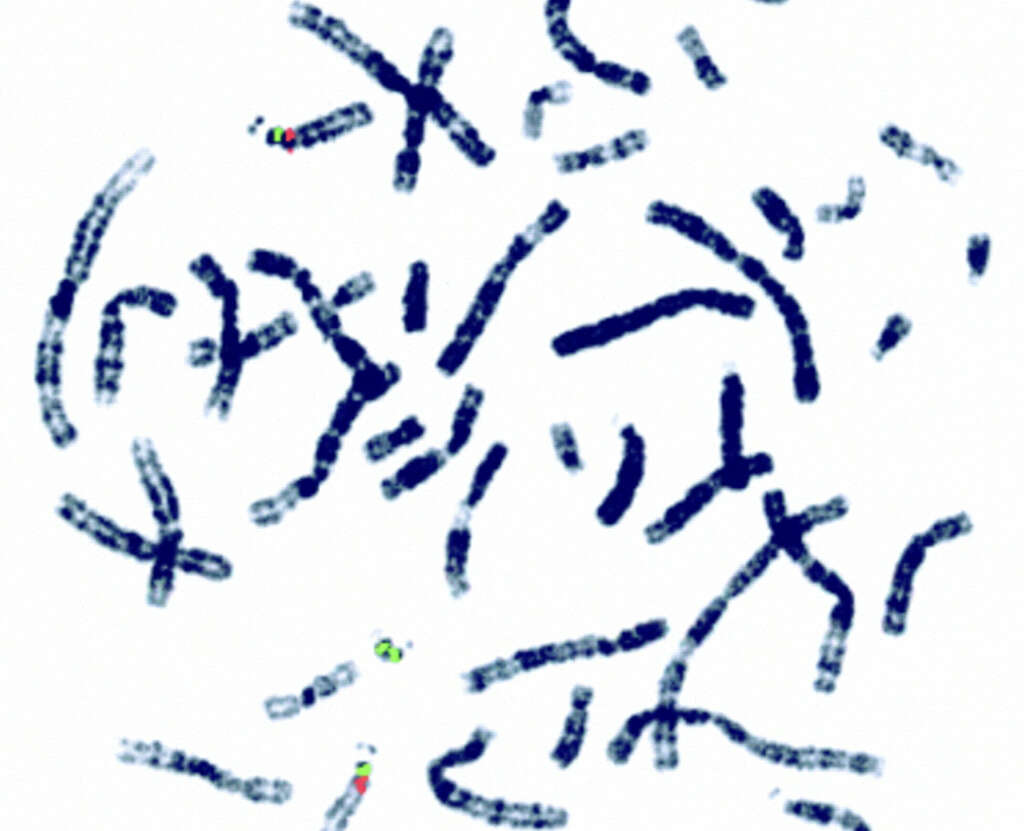
3. Development Delays
By around 6-12 months, most babies will be quite active. They will be at least crawling around and their inquisitiveness means parents will need to keep an eye on them. They are also likely to be quite vocal at that age and more than happy to chat, even if they aren’t able to actually use words yet.
If a baby is not yet active at this stage of their development then it might be a sign that something is wrong. You might also notice that the baby has difficulty moving overall and cannot balance well. Bear in mind that some children simply develop at different rates than others, but you should still get it checked out if you are unsure.

4. Physical Appearance
Children with Angelman syndrome will also often have a different physical appearance to other children. It is not always obvious and it can take a trained professional to notice it in a lot of cases. Even then, looks alone are often not usually enough to be able to reach a conclusive diagnosis.
People with the condition will generally have a lighter complexion on average than other people will. In addition to having fairer skin, their eyes and hair will also tend to be lighter. They will also often have a relatively flat head at the back, and a smaller sized head overall.
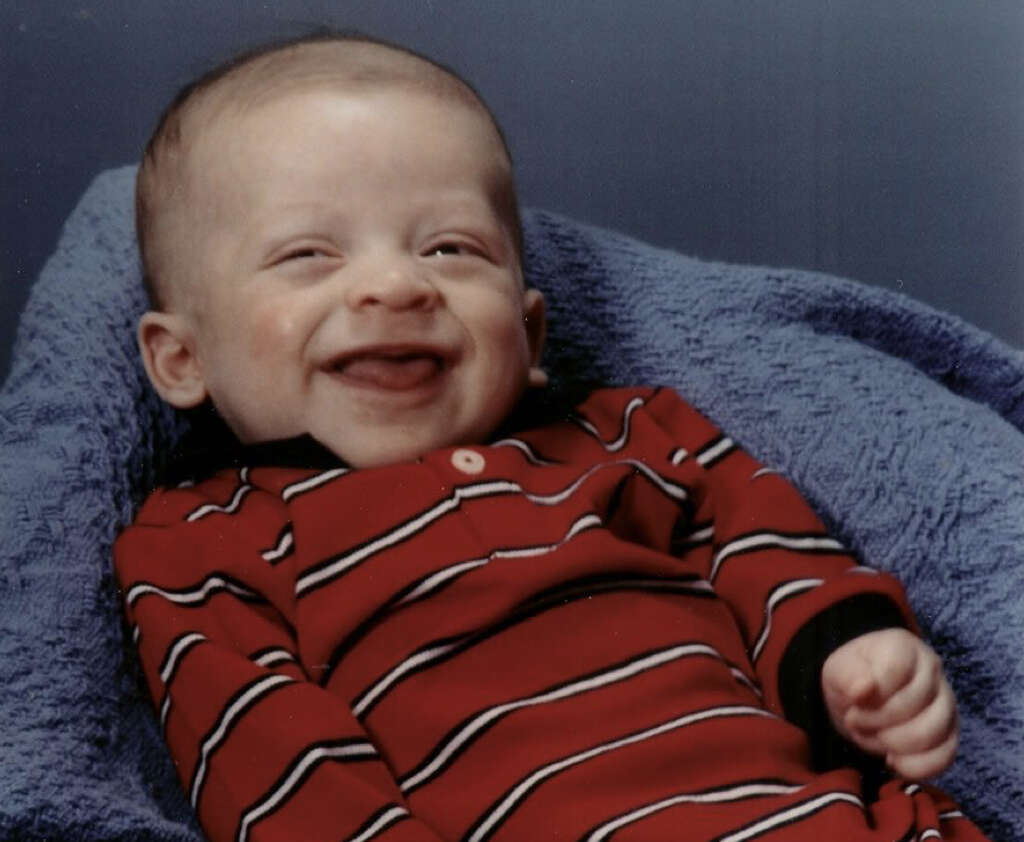
5. Intellectual Development
In addition to physical differences, children with Angelman syndrome are also going to have considerable problems with their intellectual development. This is also something that is likely to go unnoticed until the child reaches a certain age.
At around 10 to 15 months old, children will start to speak their first words. They will also generally be quite vocal and make lots of other noises. This will not happen for patient’s with Angelman syndrome, however, and many will only learn a few words throughout their whole life. Patients with Angelman syndrome will also have significantly retarded mental abilities that will leave them dependent on others.

6. Happy
Bringing up a child that has special needs can be very challenging, even for the most devoted, loving, and patient of parents. Bringing up children with Angelman syndrome is no exception, although they do tend to have the kind of personality that can help make everything a lot easier.
People with Angelman syndrome are known for their happy, outgoing, and kind personalities. They will often be smiling and laughing, enthusiastic and excitable, and generally just be a pleasure to be around. On the downside, however, it can be difficult to get them to sleep, and for them to stay asleep.

7. Seizures
Many people with Angelman syndrome will begin to have seizures at around 2-3 years old. While this can be very alarming, it is not usually dangerous in itself. The patient should be placed in a safe position during the seizure, however. In addition to seizures, the patient might also perform stiff or erratic movements.
Some will also have a habit of walking with their arms lifted up, and/or have a tendency to flap their hands. Tongue thrusting is another symptom that some patients will experience. Seizures, in particular, can be a sign of a serious problem and should encourage you to speak with a doctor as soon as you are able to.
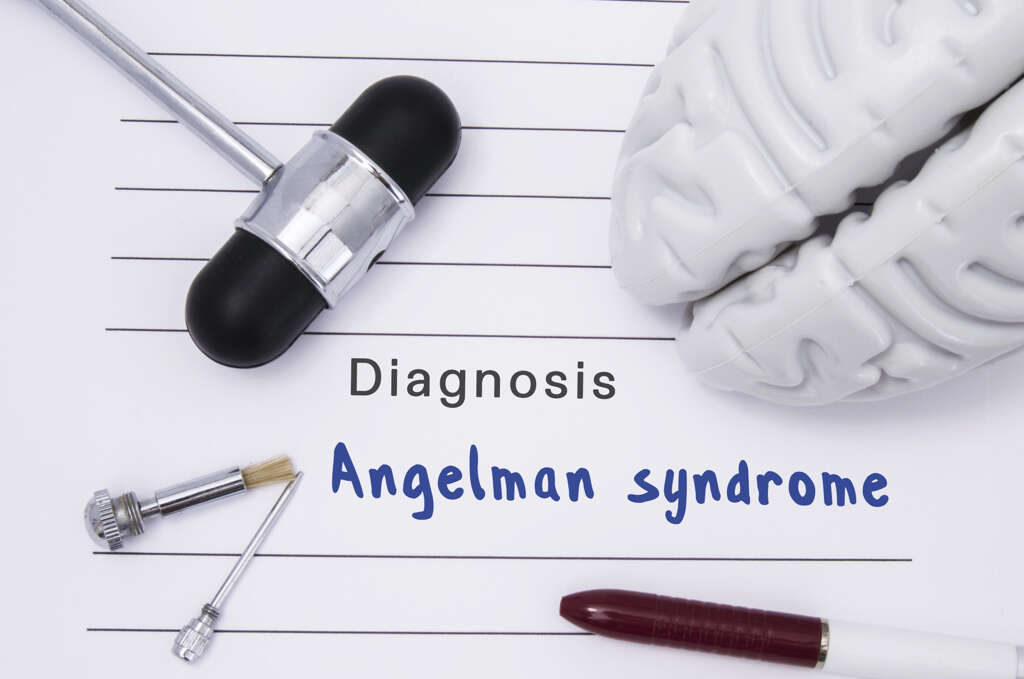
8. Risk Factors
Angelman syndrome is, thankfully, a very rare condition. Indeed, it is thought to affect only around 1 in every 12,000 to 20,000 people. It is difficult to be sure just how common it really is, however, because in many cases it will go undiagnosed.
We are not sure why the genetic errors occur and we have not yet been able to identify any triggers for the condition. In most cases, there is no history of the condition in the family. However, having family members with the condition can increase somebody’s chance of getting it slightly as it can be inherited in a small number of cases.

9. Complications
People with Angelman syndrome will usually need support throughout their lives. Still, the various complications that might be experienced will vary from patient to patient. Some of the symptoms are likely to improve with the patient’s age. An ability to speak only a few words, if any, and mental retardation means the patient will always likely be dependent.
Sleep disorders can make life particularly difficult for the patient and their careers. Some patients might also have difficulty feeding, while some older children will have a large appetite, potentially leading to obesity. Scoliosis is another condition that some patients will develop with age.
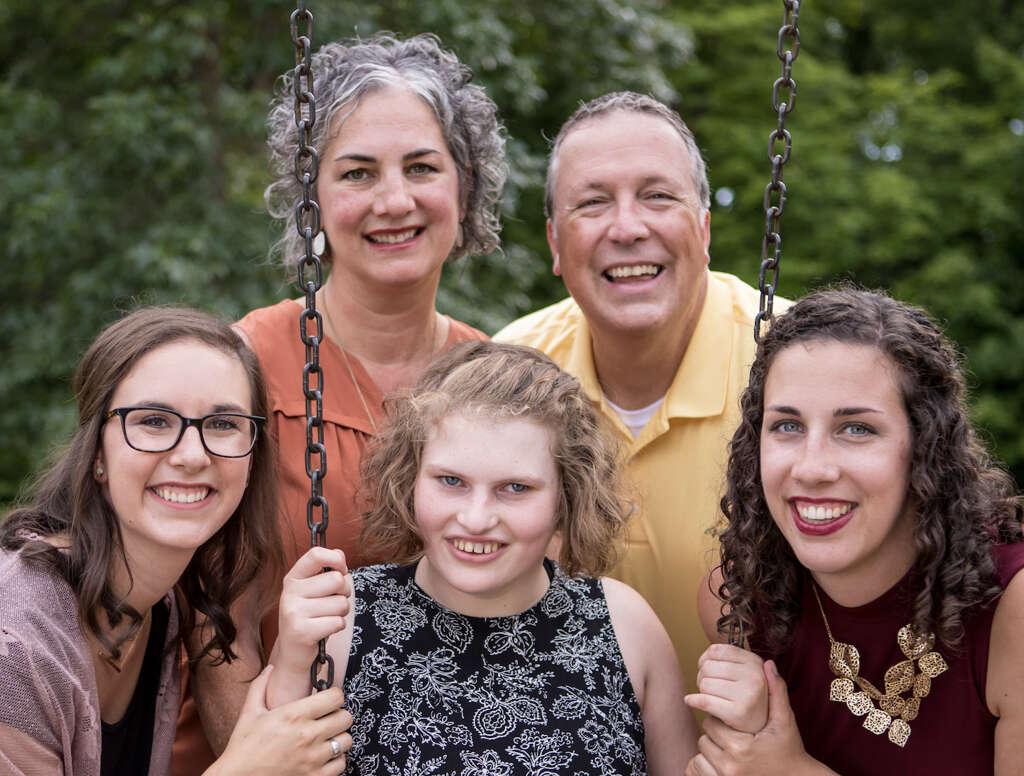
10. Treatment
There is no known cure for Angelman syndrome yet. However, some people believe it is one of the more likely genetic disorders to be cured at some point. For now, at least, treatment focuses on the patient’s symptoms to make life easier for the patient and for the people caring for them.
Therapy can be very useful in helping to enhance the patient’s attention span and become less hyperactive. Therapy may also help them with physical movements, and can also help them to communicate with other people. Medication may be prescribed to help with sleeping disorders and to help prevent seizures.










